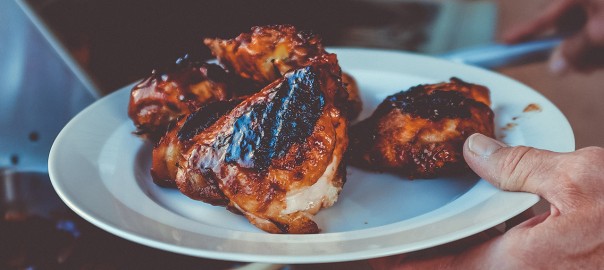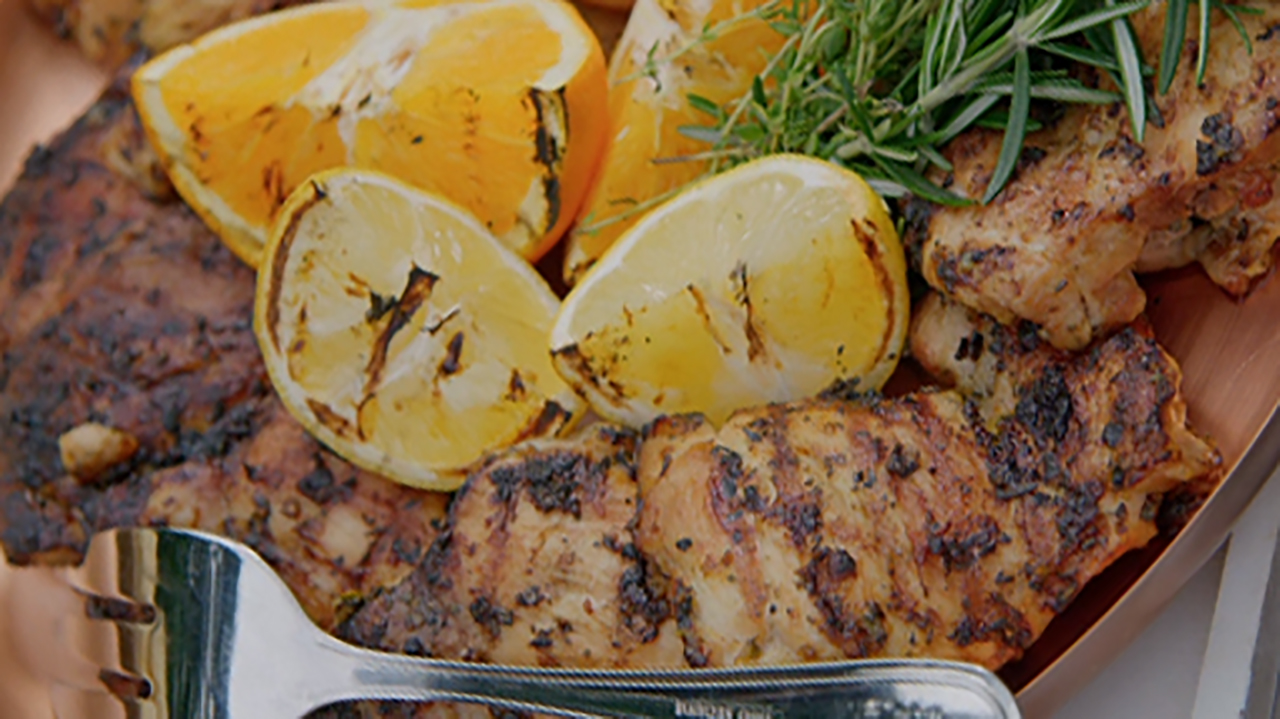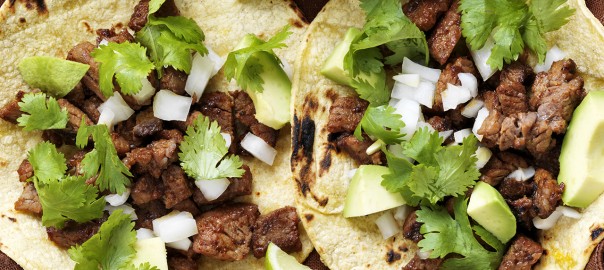Grilled chicken breast and chicken thigh: The essential summer recipes
Grilled chicken is the ultimate summer dish. Why heat up the oven or slave over a pot indoors when you can soak up some sunshine while grilling up your dinner?
The key to juicy, tender grilled chicken is the technique. Harnessing the power of indirect heat on the grill is the way to go. Whether it’s a gas or charcoal grill, spend some time building heat in your grill, then grill your chicken over indirect heat. You can use the direct flames and high heat for crisping, browning, and those characteristic grill marks.
The flavor profile possibilities are endless, too. Try Greek-marinated grilled chicken or spicy Italian grilled chicken. Citrus is grilled chicken’s best friend, from smoky citrus grilled chicken to grilled chicken with lemon and thyme.
Whatever marinade or spice-blend you opt for, these chicken recipes will keep you grilling all summer long.
1. Juicy Grilled Chicken Breast
This juicy grilled chicken breast is all about the technique. Keep it pure and simple (to start, at least) with just a few bone-in, skin-on chicken breast halves, some salt, some oil, and a grill. The trick is to harness the power of indirect heat, whether you’re using a gas or charcoal grill. If using a gas grill, turn on all the burners and close the lid. Once the temperature inside the grill reaches 400°F, turn off one of the burners. You’ll be grilling your chicken in the indirect heat left by the now-off burner. For a charcoal grill, light 50 or 60 briquettes for 20 to 30 minutes, until they’re covered with ash. Clear them to one side, and place chicken breast halves over the indirect heat. Your chicken will take a quick trip to the direct heat for crisping and browning. Once you’ve mastered this technique, you can get more creative with a marinade or rub.
2. Grilled Greek Marinated Chicken Breast with Peach and Endive Salad
If you’re trying to capture the essence of summer in a meal, this grilled Greek marinated boneless chicken breast with peach and endive salad will do it. Freshness abounds with summer fruits and veggies like peaches, avocado, endive lettuce, and corn. Meanwhile, boneless skinless chicken breasts get marinated in a deliciously zesty Greek vinaigrette and grilled quickly for color, then finished off in the oven. While you’re grilling chicken, you can also grill corn to add a delicious smoky char flavor to the accompanying salad. Toss the salad in Primal Kitchen’s Green Goddess dressing and add some tangy feta, and you’re in heaven.
3. Spicy Grilled Italian Chicken
Heat things up with this Italian flavored, red pepper flake, and chili powder-spiced grilled chicken breast. Barbeque sauce, white wine vinegar, and lemon juice add tang while Italian seasonings like dried basil, dried oregano, and dried parsley add an herbaceous touch. Marinating the chicken in the sauce ensures tender, juicy breasts while basting it while grilling maximizes the spicy Italian flavor. Bonus: It only takes an hour to marinate and 20 minutes to grill up, making for one effortless summer meal.
4. Aromatic Grilled Chicken Thighs
The ultimate spice blend prevails in this aromatic grilled chicken thighs recipe. With seasonings like garlic powder, onion powder, dried oregano, turmeric, chili powder, paprika, and of course salt and black pepper, these skin-on, bone-in, grilled chicken thighs are packed with flavor. The unique custom spice blend is better than anything you can find in a bottle, plus your kitchen will smell as heavenly as a spice shop as you prepare it. The trick to perfectly grilled and crispy, aromatic chicken is to cook it over indirect heat, bone side down for the majority of the time. Only flip it to the spiced-skin side at the end to avoid burning the spices.
5. Smoky Citrus Grilled Chicken Thighs
These smoky citrus grilled chicken thighs are extra special because they require a charcoal grill and hickory wood chips to perfect that smoke flavor. This recipe works with any cut of chicken, but boneless skinless chicken thighs ensure ultra-juicy and flavorful dark meat. Herbs like rosemary and thyme and plenty of citrus—including lemon, orange, and lime—really pack in the flavor to complement the smokiness from the hickory wood chips. Once again, indirect heat helps create masterfully charred yet juicy grilled chicken.
6. Grilled Citrus Chicken Breast with Summer Watermelon Salad
Summer strikes again with these grilled citrus chicken breasts with summer watermelon salad. Boneless skinless chicken breasts get marinated in a mélange of aromatics, including fresh crushed garlic cloves, shallots, fresh thyme, and rosemary, whole lemon and orange and a bit of olive oil, salt, and pepper. All of the aromatics get pulsed in the food processor to form the perfect marinade. Meanwhile, a refreshing summer salad of grilled corn, red and yellow watermelon, cilantro, feta, and onion accompany the chicken, making for an ideal summer meal.
7. Grilled Chicken Breasts with Lemon and Thyme
Simple yet bold, these grilled chicken breasts with lemon and thyme are a delicious quick meal, clocking in at 20 minutes total on the grill. Lemon juice and thyme meld with red pepper flakes, garlic, olive oil, salt and pepper for an uncomplicated marinade. Bone-in chicken breasts stand up to the heat to ensure succulent flavor and tenderness. If you don’t have dried thyme on hand, don’t worry, any similar dried spice will work. Think marjoram, oregano, rosemary, or sage.
Extra Tips
ButcherBox Head Chef Yankel Polak suggests the best way to grill a juicy chicken breast comes down to two key steps. The first is to pound your boneless chicken breast thin before you grill chicken. You can use a meat mallet or just your rolling pin, but either way, a thinner chicken breast allows for more evenly cooked meat. Second, once you’ve achieved the ideal internal temperature, set aside at room temperature and let the juices distribute throughout the now flavorful grilled chicken breast.
Do both and you will get the ultimate summer dish, perfectly grilled chicken, every time you use the outdoor grill.








